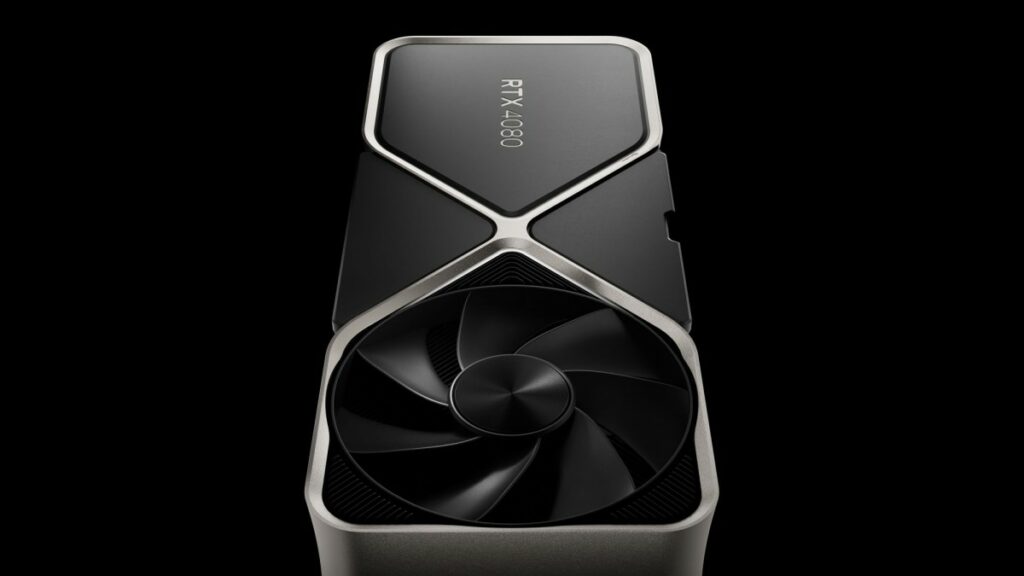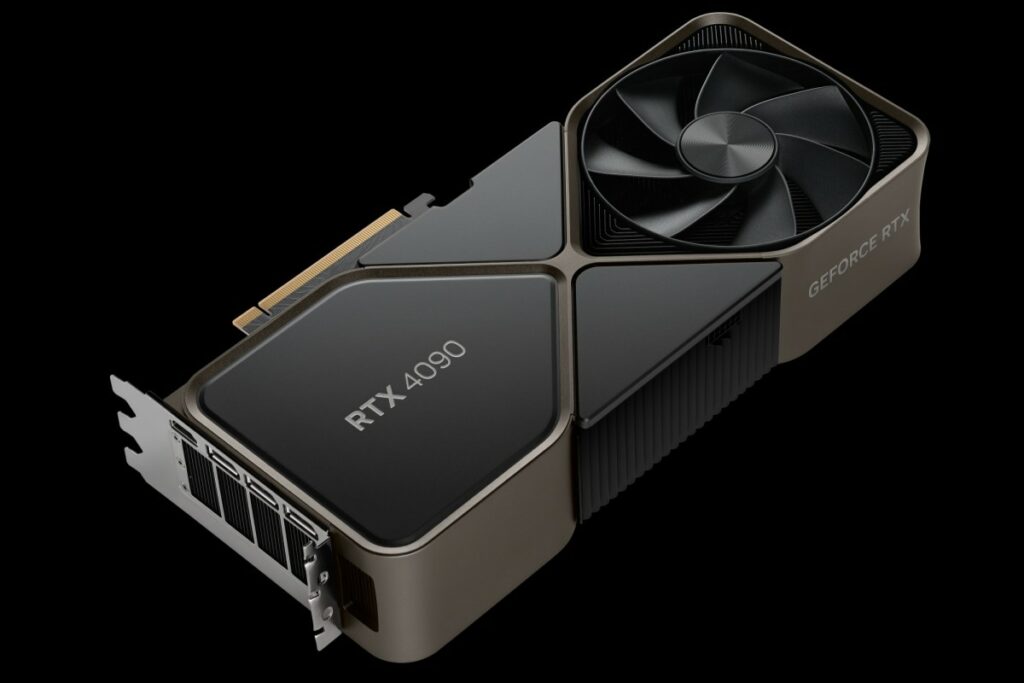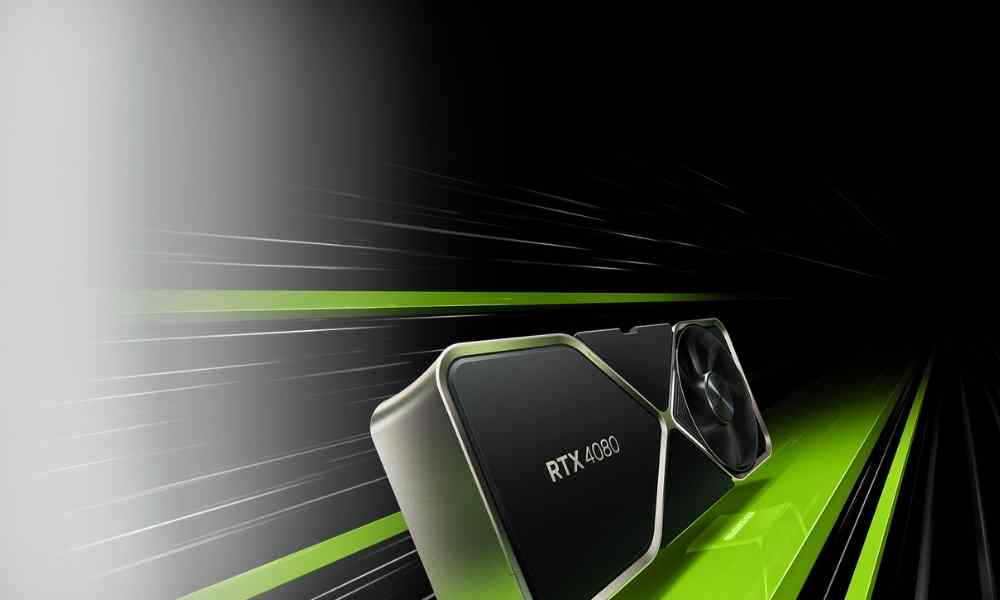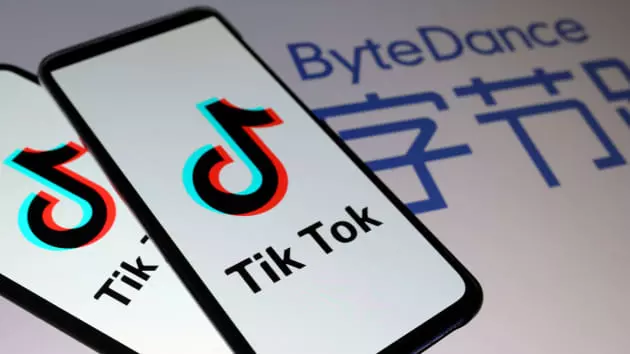NVIDIA has released two RTX 4080 models, one with 16 GB GDDR6X RAM and the other with 12 GB.
The former features 9728 CUDA cores and a boost clock frequency of 2.51GHz with a 256-bit memory interface, while the second has 7680 CUDA cores, a boost clock frequency of 2.61GHz, and a 192-bit memory interface.
According to Nvidia, the 4080 is 2-4x quicker than the RTX 3080 Ti.

The power drain for the 16 GB device is 320W, whereas the 12 GB model is 285W. The 16 GB RTX 4080 will cost $1199, while the 12 GB version will cost $899. These two will be available to buy in November.
Both new graphics cards use a scaled-down version of Nvidia’s full-size Ada Lovelace GPU, which is constructed on TSMC’s 4nm technology.
This GPU has third-generation RT cores, fourth-generation Tensor Cores, and support for new features such as DLSS 3 and AV1 encoder.
DLSS 3
Deep Learning Super Sampling, or DLSS, is Nvidia’s AI-based solution for increasing FPS in video games. DLSS 3 will be exclusive to RTX 4000 GPUs, according to the firm.

It creates frames on the GPU itself, rather than inside the game, using an Optical Flow Accelerator and data from successive frames.
This should increase in-game FPS by up to fourfold.
As the frame rate rises, DLSS 3 will overcome intrinsic CPU limitations that impact classic upsampling and image restoration approaches.
In layman’s words, this technology may assist all types of games (even CPU-intensive ones), drastically boosting frame rates.
This functionality is already supported by over 35 games, including Cyberpunk 2077, Microsoft Flight Simulator, Dying Light 2, and others.











